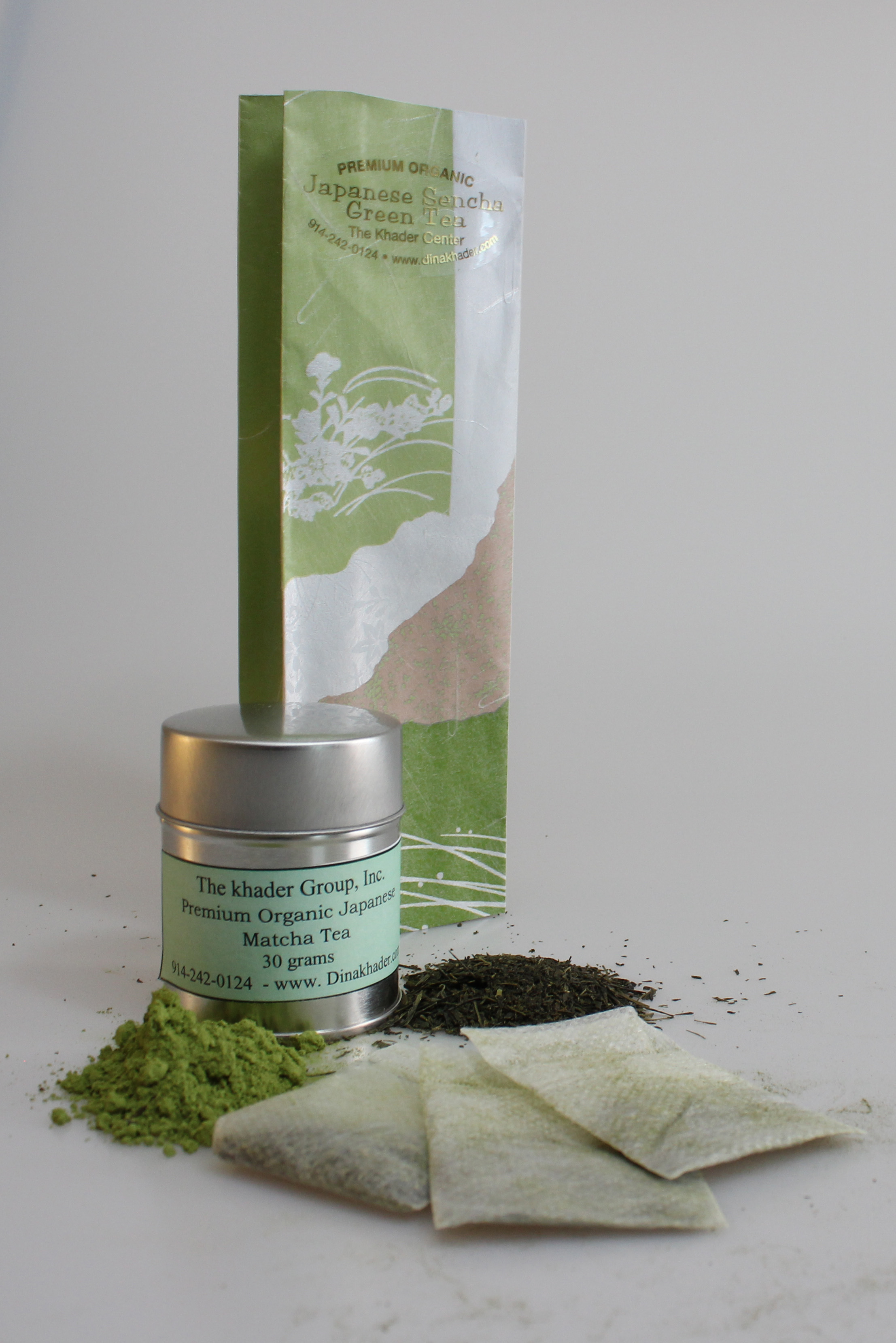Dina’s Organic Green Tea

All teas we carry are hand-picked from the mountainous Tenryu/Haruno region of Shizuoka prefecture - about 140 km south West of Tokyo. Shizuoka is the biggest tea growing region in Japan. Our tea selection consists of loose teas in biodegradable non-bleached tea bags. Unlike many of the green tea sold in the US, our Sencha (green tea) is made with leaves from the 1st flush harvest - most Japanese tea sold in the US is made with later flushes. After the long winter, leaves from the 1st harvest (1st Flush) of the year contain more nutrient than leaves from later harvests. Tea made with the leaves from the 1st harvest naturally has more nutrients.
Sencha tea is the most commonly drunk tea in Japan at around 63% of all tea consumed. Sencha was developed by Soen Nagatani in 1738. After the leaves are picked, they are steamed in order to prevent oxidization and rolled 4 times while being dried.
Matcha, a powdered form of Green tea, is traditionally used for Japanese tea ceremonies and was the tea initially drunk by Zen Buddhist monks in the 13th century.
Growing & Production Methods: Tea bushes for Matcha are covered with stow mats or synthetic material 20 days before harvesting to block the sunlight. Blocking the sunlight prevents amino acid in leaves from turning into cetechine. As a result leaves retain lots of amino acid such as theanine or glutamine (taste of Umami). Blocking the sunlight also enhance the production of chlorophyll. After Matcha leaves are picked, they are also steamed in order to prevent oxidization. Then, they are dried and ground into powder by stone mills.
How to prepare a cup of matcha: 2g of matcha, 2 ounces of hot water. Put matcha in a bowl and add hot water and whisk it with a bamboo whisk until small bubbles appearer or add matcha to ice cream, yogurt, chocolate, cakes, cookies or anything else you can think of!